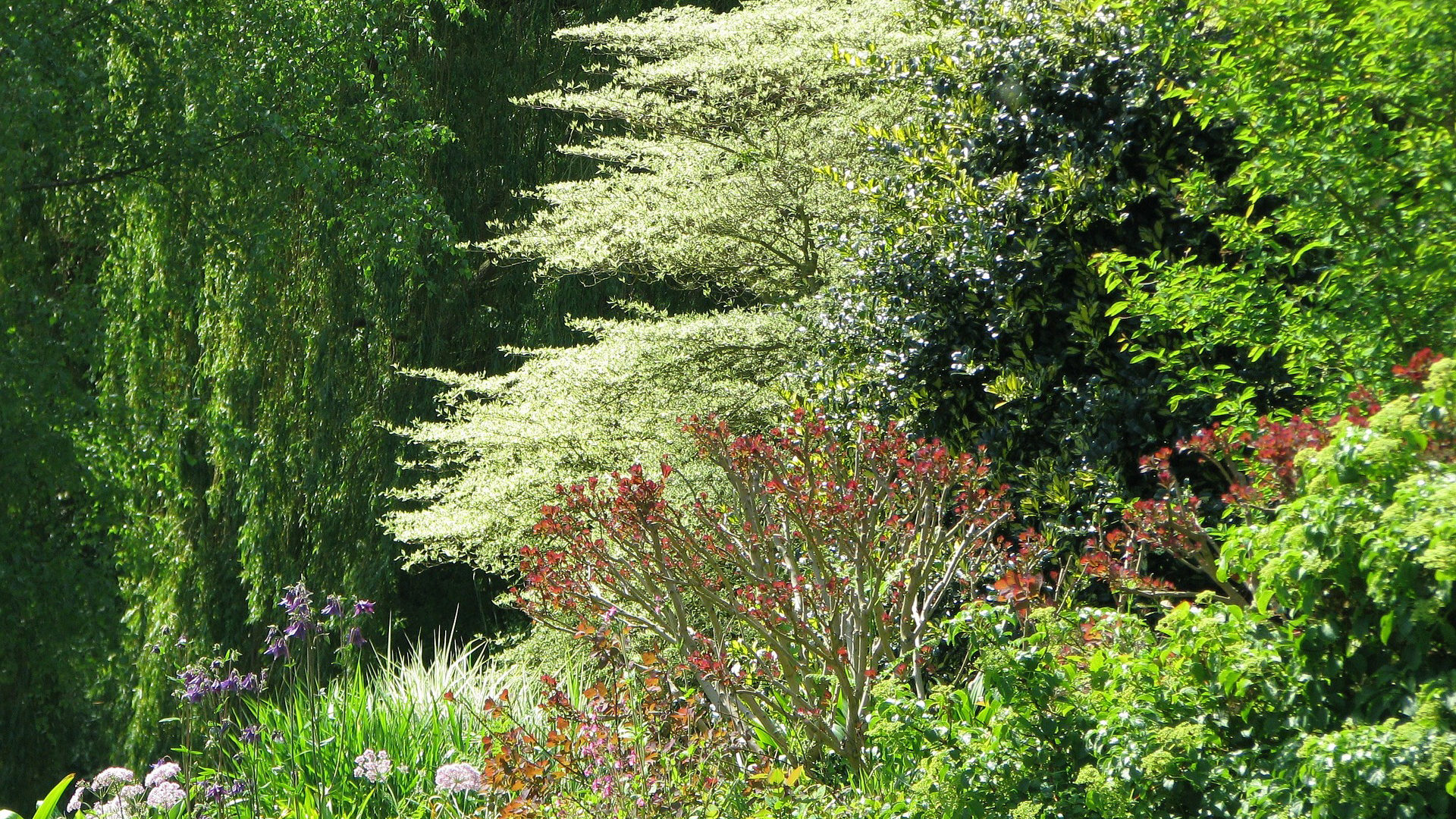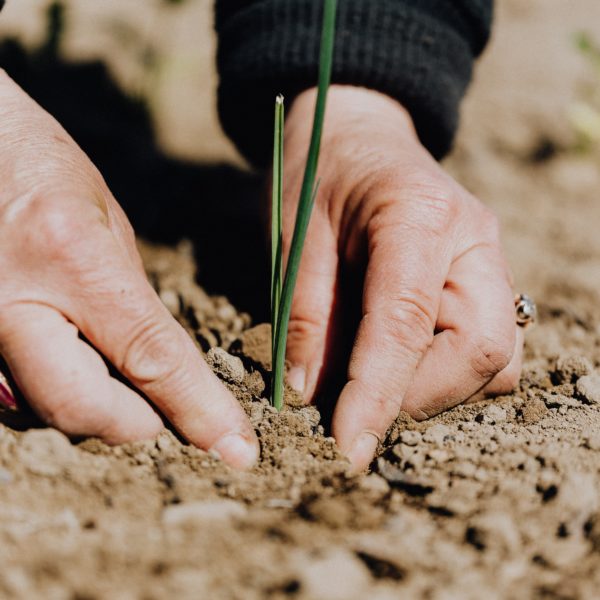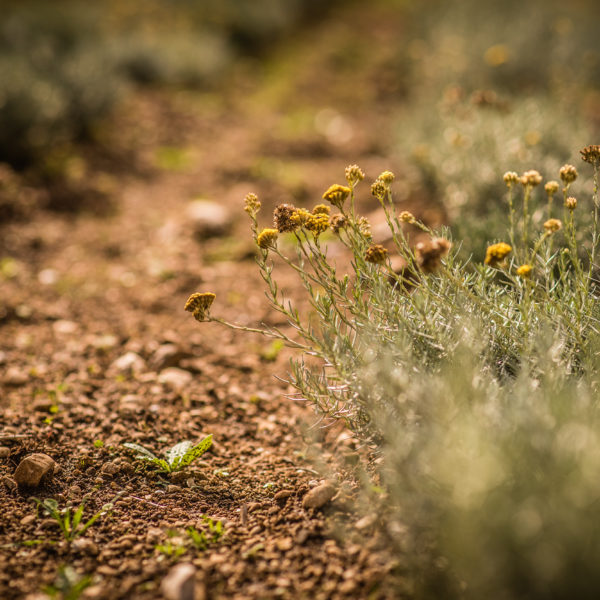
This is the second in a new series of blogs by John Wyer, which discuss the A to Z of garden design and horticulture. This time, B is for Beth Chatto and Brenda Colvin…
I had a hard job choosing B. There are so many brilliant contenders – Brown (as in Capability) is an obvious one. Box is another, because of our curious obsession with clipping it. I couldn’t decide between Brenda Colvin and Beth Chatto, but in the end cheated and settled on writing about both, as they occupy related but different positions in garden and landscape history. They also say something interesting about the (often forgotten) role of women in the history of landscape design – so please forgive the length of this entry. Let’s (briefly) get back to Brown…
When Brown was at the height of his powers in the mid C18th, there was an almost insatiable appetite for gardens and the new English Style of ‘natural’ landscapes resembling paintings. These required large swathes of land, abundant labour and significant investments to implement, and so were the reserve of the very wealthy. This was no place for women (in the eyes of the patrons, that is); it was men’s work. However, in the hundred years or so following Brown’s death in 1783, a democratisation of landscape design (and indeed society) was underway.
Medium sized gardens became an affordable luxury for the new middle classes and gardening as a hobby emerged. This led to many more opportunities for women in the newly emerging profession, perhaps most famously Gertrude Jekyll. Most interesting was the involvement of women (like Fanny Wilkinson and Madeline Agar, for example) in the design and implementation of public landscapes. They were, if anything, more numerous than men in this field. It was against this background that some of the influential early landscape architects in the UK should be viewed, such as Brenda Colvin (1897–1981) and Sylvia Crowe (1901-1997). Colvin had trained under Agar and indeed later shared an office with Crowe. But the reason I chose her is twofold. Firstly, because she represented the bridging between Landscape Architecture and Garden Design which was well understood at the time, but was perhaps less so later in the C20th. All the early landscape architects were principally garden designers; landscape architecture as a distinct profession came later on in the century. Secondly because more than any other figure, she neatly spans the development of the profession (and particularly women) from the mid C19th to the present, from her training at Swanley under Agar to her partnership with Hal Moggridge. Hal is still alive, and I met him a couple of years ago at the Chelsea Flower Show at a reception hosted by the Landscape Institute to celebrate its foundation 90 years earlier – at the Chelsea Flower Show in 1929.
Beth Chatto is well known for her work (both practical and written) on dry gardens. Perhaps less well known by the gardening public at large is that she was also an expert in damp gardens (and published on that subject as well). Like many gardens, hers contains both environments. She was one of several professional or semi-professional women gardeners practicing in the middle years of the 20th century. However, what I think sets Chatto apart from the others (such as Margery Fish for example) is her enduring popularity. Why is this?


Perhaps there is more than one reason. In part it is because she gardened so actively and so publicly. There is no doubt that her excellent books, the nursery, and her open garden all helped contribute to her recognition. There were of course others who did this – such as Rosemary Verey or Penelope Hobhouse for example, so there is more to it than that. To me, she seemed to link the ‘right plant-right place’ philosophy espoused by Graham Stuart Thomas and others almost directly to the new perennial movement of the 1990s – so influential to modern garden designers such as Tom Stuart-Smith, Christopher Bradley-Hole, Brita Von Schӧenaich and others.
In some ways a more surprising fact about Chatto is her long-term friendship with Christopher Lloyd. Their friendship began in the late 1970s and they continued to write regularly to each other for decades. In some ways it is obvious – both middle or upper middle class gardeners, struggling to develop a plot. However, there were also many differences that made their letters more interesting. Lloyd’s was an inherited garden that he developed further (and with a signature idiosyncrasy). Chatto’s was developed from scratch, with altogether a more challenging environment (and family commitments in the early years). There were also huge stylistic differences. It is a marker of her, indeed both their open-mindedness that their friendship flourished so. And perhaps there is something in that which marked them out as such successful gardeners.